Where To Place SEO Keywords: Title, Meta, Headings, & More

You want your content to rank, but aren't sure where exactly to put those keywords. Proper keyword placement makes the difference between content that ranks and content that gets lost in search results.
When search engines scan your page, they look for keywords in specific locations to understand what your content is about. Knowing these strategic spots helps you optimize without overdoing it.
Best Places to Put Your Keywords for SEO Success
Search engines give more weight to keywords in certain locations. Here's where to place them for the best results:
Title Tag
The title tag is the most important place for your main keyword. Put it near the beginning for maximum impact.
Example of effective title tag:

This title places the main keyword within the first few words and clearly communicates the value of the content.
Tip: Keep titles under 60 characters and use a colon or dash to separate your keyword-rich portion from a benefit statement. This format tends to perform well in search results.
URL Structure
Keep your URLs short and include your target keyword. A clean URL structure helps both users and search engines understand what your page is about.
The cleaner URL structure makes it instantly clear what the content covers. It's also easier to share and remember.
Meta Description
While meta descriptions don't directly impact rankings, they affect click-through rates. Include your main keyword naturally in your meta description.
Example of good meta description:

This meta description includes the main keyword naturally while clearly describing what the content offers.
Tip: Keep meta descriptions between 120-155 characters and front-load with your main keyword for best SEO impact.
H1 Heading
Your H1 heading should contain your main keyword, preferably near the beginning. Each page should have only one H1 heading.
Example of effective H1 heading:

Notice how the main keyword appears at the beginning of the H1, making it immediately clear what the content is about.
Tip: Make your H1 similar to but not identical to your title tag. Both should contain your main keyword but can be phrased differently to avoid exact duplication.
First 100 Words
Place your main keyword within the first 100 words of your content. This helps search engines quickly understand what your page is about.
Example of good first 100 words with SEO Keywords:
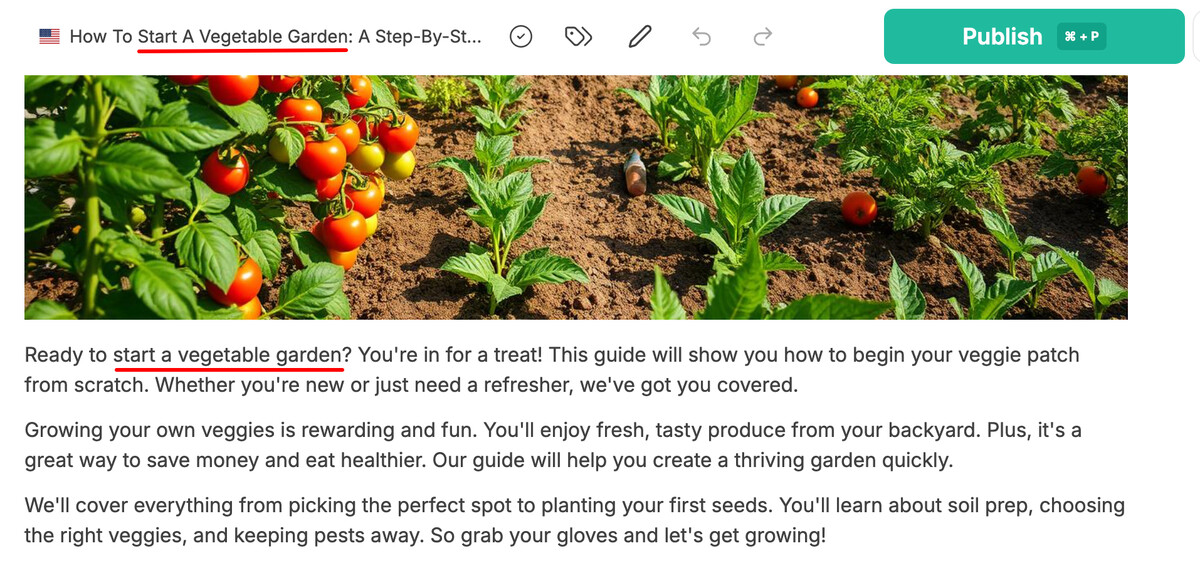
Notice how the main keyword phrase appears naturally in the first sentence without feeling forced.
Tip: Write your introduction first without thinking about keywords, then go back and find natural ways to incorporate your main keyword early.
H2 and H3 Subheadings
Use your main keyword and related keywords in some (not all) of your subheadings. This helps structure your content while reinforcing your topic.
Example of effective H2 and H3 structure:

Notice how the H2 includes a variation of the main keyword, while H3s use related keyword phrases that support the main topic.
Tip: Include your main keyword in at least 30% of your H2 headings, and use related terms or long-tail variations in others. This creates a topically comprehensive page.
Throughout Body Content
Sprinkle your main keyword and related terms naturally throughout your content. Aim for keyword density between 1-2% for your main keyword.
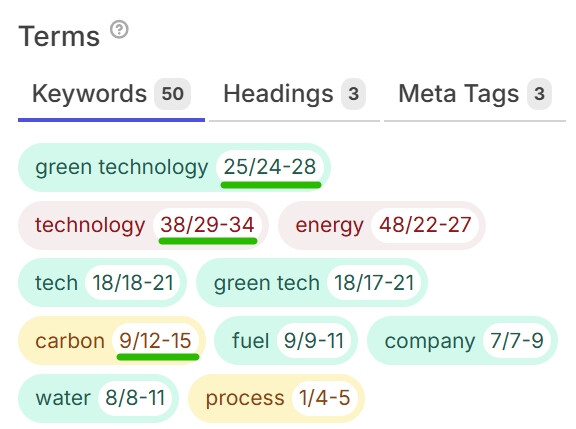
Use related terms, synonyms, and phrases that people might search for when looking for information on your topic. This helps search engines understand your content better while keeping it reader-friendly.
Common Keyword Placement Mistakes to Avoid
Even with the best intentions, some common mistakes can affect your SEO efforts:
Keyword Stuffing
Adding keywords too many times makes your content hard to read and can get your site penalized.
Keyword stuffed content reads poorly and search engines recognize this pattern as manipulation.
Hiding Keywords
Trying to hide keywords by making them the same color as the background or placing them in hidden divs will get your site penalized.
Search engines have sophisticated ways to detect this kind of manipulation. Always make sure your keywords are part of visible, valuable content.
Ignoring User Intent
Focusing only on keyword placement without considering what users actually want to learn will result in poor engagement metrics.
Your content needs to satisfy the reason why someone searched for your keyword in the first place. High-quality, helpful content that answers user questions will always perform better than content that's only optimized for search engines.
Using Irrelevant Keywords
Adding keywords that aren't closely related to your content topic confuses both readers and search engines.
Stay focused on keywords that directly relate to your topic. Using irrelevant keywords might bring some traffic, but those visitors will leave quickly when they don't find what they're looking for.
Internal Linking Strategy for Keywords
Internal links help search engines discover and understand the structure of your site:
Anchor Text Best Practices
Use your keywords in anchor text when linking to other pages on your site, but vary your anchor text to keep it natural.
Good example: "Learn more about solar energy in our guide."
Bad example: "Click here to read more."
The first example uses descriptive anchor text that includes keywords, helping search engines understand what the linked page is about.
Link to Related Content
Create a web of related content by linking between pages that cover similar topics or expand on ideas mentioned in the current page.
This helps users navigate your site and signals to search engines which pages are related. It also helps pass authority between pages on your site.
Image Optimization for Keywords
Images provide additional opportunities for keyword placement:
Always add alt text to images and include your keyword when it accurately describes the image.
Alt text helps search engines understand what your images show, and it's also used by screen readers for visually impaired users. Keep alt text descriptive but concise, and only include keywords when relevant to the image.
It is also important to name your image files with descriptive names that include keywords before uploading them.
Keyword Placement in Content Structure
How you structure your content affects how search engines interpret your keywords:
Question and Answer Format
Structure some of your content in a question-and-answer format using questions that include your keywords.

This format makes your content more scannable and directly addresses what users are searching for. It also helps search engines match your content to question-based searches.
Lists and Tables
Format key information as numbered lists, bullet points, or tables with headers that include your keywords. For instance:

How SEOWriting Helps with Keyword Placement
Creating perfectly optimized content takes time and expertise. SEOWriting automates much of this process for consistently well-optimized content.

SEOWriting uses real-time SERP analysis to create highly SEO-optimized content. Plus, it also offers an AI editor with SEO content score and keywords suggestions so that you can further add keywords and optimize your content.

With features like Auto Internal Linking and NLP Keywords, SEOWriting ensures your content follows best practices for keyword placement without the need for manual optimization.
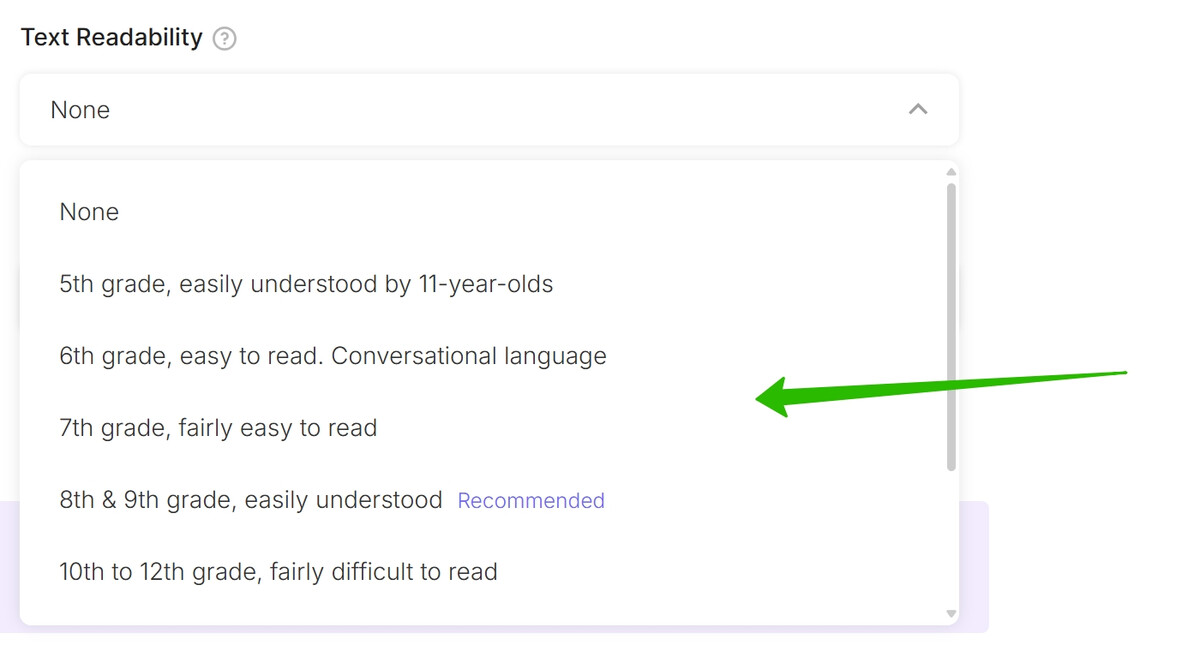
SEOWriting also offers a Readability Enhancer, which ensures your content remains easy to read despite adding keywords.
Final Thoughts
Proper keyword placement remains one of the foundations of successful SEO. By placing your keywords strategically in titles, headings, early content, URLs, and other key locations, you signal to search engines what your content is about.
Remember that while keyword placement matters, content quality matters more. Always prioritize creating valuable, helpful content that satisfies user intent. The best SEO happens when you create content for humans first, then optimize it for search engines.
SEOWriting helps speed up this process, automatically placing keywords in all the right spots while maintaining readability and natural flow. Try it now for free!
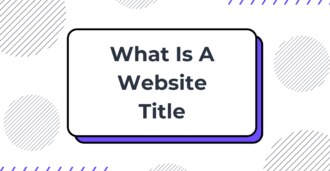
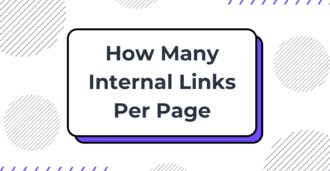

Write 10X Faster With AI-Powered Content
Create SEO-optimized articles in 15 minutes instead of 5 hours. Join 50,000+ content creators who generate content that ranks on top positions on Google. Save up to 80% of your time while getting 2X better results.
Try for Free →
